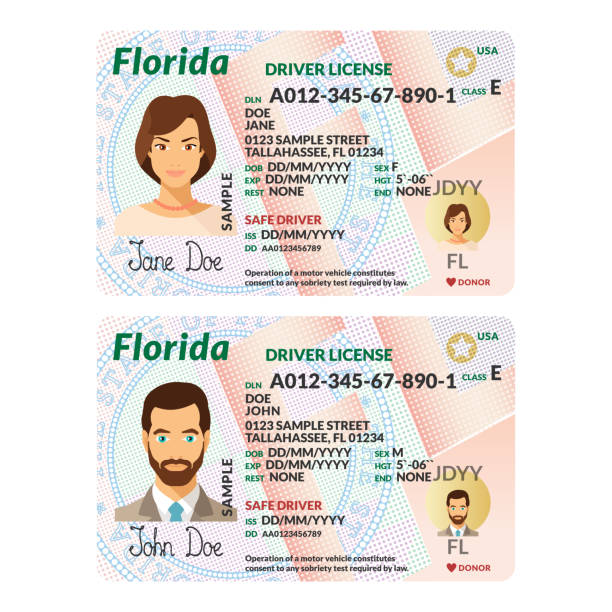
A Detailed Guide to Recognizing Scannable Fake IDs
The issue of underage drinking is a serious problem in the United States, and fake IDs are a common way for young people to try to access alcohol. Fake IDs are becoming increasingly more sophisticated, making it harder and harder to identify them. Unfortunately, fake IDs can be damaging to businesses if they are not recognized and used to purchase age-restricted products. For this reason, it is essential that businesses understand how to identify a fake ID and how to handle it if they come across one. This blog post provides a detailed guide for recognizing scannable fake IDs. In it, we will discuss the common features of real and fake IDs, typical behaviors associated with fake IDs, and the best procedures to follow if a fake ID is suspected. By the end of this article, you should have a better understanding of the telltale signs of a fake ID, and be better equipped to make an informed decision about whether or not to accept it. Buy fake id offers a variety of scannable fake IDs that can be used globally.
1. Identifying ID features
One of the most important steps in verifying an ID is to check the features. It is important to note that IDs vary from state to state and from country to country, so you must be familiar with the features of the ID you are attempting to verify. Common features that can be easily verified include the date of birth, expiration date, barcode, and holograms. Make sure to look for any discrepancies between the ID and the information provided. If the information does not match, the ID is likely to be a fake. Other features to look for include any special markings, microprint, watermarks, and UV images.
2. Reviewing a Fake ID’s Document Elements
The second step in recognizing scannable fake IDs is to review the document elements. Start by closely inspecting the card’s information and graphics. Common elements to look for include the photo, date of birth, expiration date, date issued, issue number, issuing state, and signature. If any of these elements are missing or altered, the ID should be considered fake. Additionally, inspect the card for any signs of tampering or damage, such as discolorations, fading, or peeling. Finally, compare the ID to a valid ID from the same state to ensure the colors, fonts, and other details are consistent.
3. Spotting Common Forgeries
Spotting common forgeries is an important part of recognizing scannable fake IDs. There are a few tell-tale signs to look for when trying to detect a forgery. Firstly, examine the quality of the printed image. Poor images, smudges, and blurriness are all signs that the ID is a fake. Secondly, look for any discrepancies in the information on the ID. Check the name, birthdate, and other personal information to make sure it matches what you know. Finally, pay attention to the hologram, if there is one. It should be crisp and clear, and it should match the document. If it’s not there or appears to be tampered with, it’s likely a forgery.
In conclusion, recognizing and preventing the use of scannable fake IDs is a critical part of maintaining compliance with state and federal laws. By understanding the common patterns of scannable fake IDs, being aware of the security features present on authentic IDs, and utilizing reliable ID scanning technology, businesses can better protect themselves against fraud and stay compliant with the law.